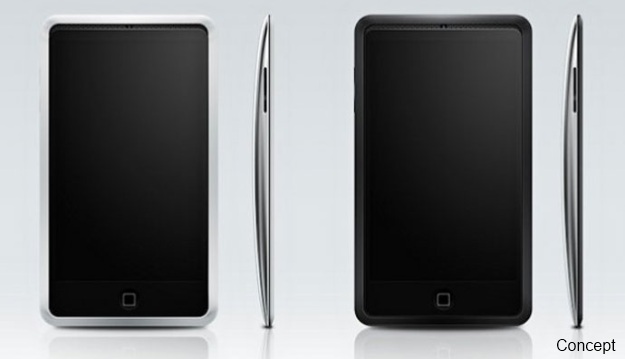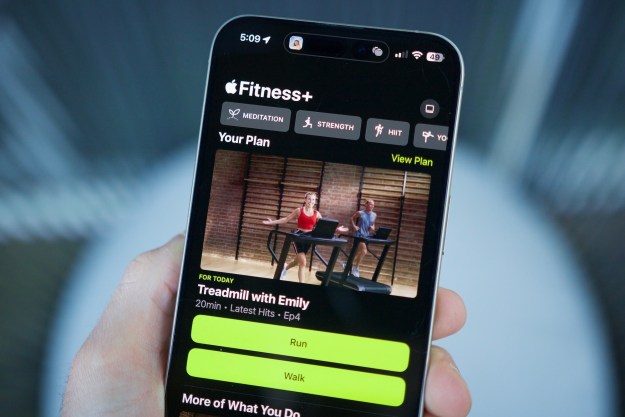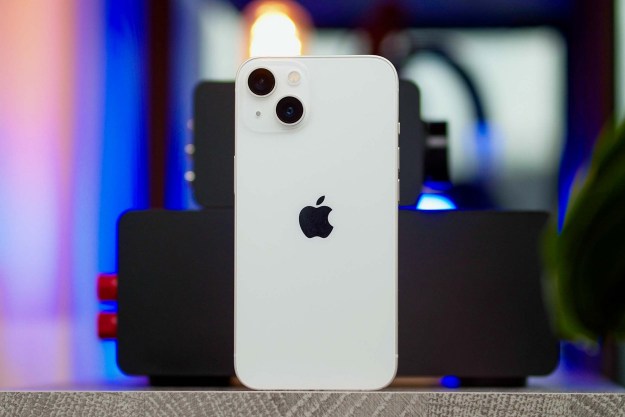
Wow, did we get it wrong. No tear-drop design. No edge-to-edge screen. No 4G LTE or NFC. No two iPhones. No iPhone 5 at all. We, the tech press, really botched things up this time – and I’m as guilty as anyone, maybe more so than most. With months of extra speculation before Apple finally, mercifully, announced the fifth-generation iPhone 4S on Tuesday, the iPhone rumor mill had spun wildly out of control. And seeing as rumors for the next iPhone have already started to creep onto our pages and editorial agendas, it’s safe to assume the haphazard reporting will only continue.
From our side, it’s all too easy to get swept up in every new Apple rumor. Why? Because the people love it. To avoid unsubstantiated Apple news is to ignore what readers want to read about, and the traffic that goes with delivering it. Traffic that equals precious advertising dollars that can allow a publication to hire more writers, attend more events and ultimately, produce better coverage. It is as enticing as it is dangerous. And it must be stopped.
So rather than maintain the pitiful status quo, I’ve listed a number of key points that I plan to remember vividly when reporting all things Apple, from here until eternity. They should illuminate what went wrong this time as much as they help steer us straight in the future. I hope some of my fellow tech journalists will join me, and perhaps add some of their own suggestions to the mix. For you, the reader, I hope to offer some clues as to what to look out for when reading Apple news and unsubstantiated news in general.
Don’t take analysts at their word
The tech press and market analysts are good friends. That’s because it’s the job of both parties to have a solid understanding of the technology industry, and both sides benefit from what the other has to offer. Analysts provide a professional assessment of what to expect from the technology industry, and journalists can help bolster the careers of analysts by treating them as authorities on certain matters. For investors, analysts can help them know how to place their bets on the stock market. For journalists, analyst opinion adds validity to reporting.
Unfortunately, it also leads to a lot of misinformation. As my colleague Molly McHugh reports, the whole ‘two iPhone’ rumor that persevered throughout this past iPhone rumor season originated with Deutsche Bank analyst Chris Whitmore, who told clients to expect both the iPhone 5 and iPhone 4S. Fortune then reported Whitmore’s prediction, and the rest is history.
Of course, not all analysts got it wrong. But that’s not the point. The point is that, just because someone is an analyst, it doesn’t mean they have some inside scoop. In fact, sometimes they predict something simply because they think it makes sense, not because they have any evidence to support their claims. Their opinions should be treated with as much trepidation as information from the infamous “person familiar with the matter.” Which brings us to…
Anonymous sources don’t carry much weight
If I had it my way, news outlets would never publish another story based on the mutterings of an unnamed source. But that’s just not going to happen. We in the tech press would, however, be wise to not publish a story every time someone happens to have a “tip,” or at least not publish stories based purely on data from people unwilling to back up their claims by giving up their names. We must dig deeper, and use information from anonymous sources to find more information, which could, eventually, lead to some actual, reportable evidence. We must do this, or risk becoming worthless.
As necessary as this change in procedure is for the tech press, it’s also one of the most difficult to accomplish. Thorough reporting takes time and money – the two things few online publications have to spare. But larger publishing institutions – Reuters, Bloomberg, The New York Times and the Wall Street Journal all come to mind – must lead the way. Many technology news outlets, this one included, take many of our cues from the big guys because they have the money, history, connections and deep reporter pools to do the hard, expensive work. Good or bad, that’s just how things work nowadays. And it’s not going to change any time soon. That said, what can change is the media’s overwhelming reliance on those who wish to remain anonymous.
Major publications get it wrong, too
Just because some bit of news is reported by a blog (or even a tweet, for that matter) doesn’t mean it’s not true. By the same token, the fact that a major news outlet (like those listed above) reports something doesn’t make it so.
An example: Early in February, both Bloomberg and the Wall Street Journal published stories claiming that Apple would release a new, less-expensive iPhone this year that would sell for about $200 and be available unlocked, without a contract.
Given the status of these trusted publications, tech news sites (again, this one included) jumped all over it. Sure, we all added the caveat that the news was simply a “rumor,” but it all had an air of believability that it likely would have lacked had the news had come from a no-name blog. Of course, as well all now know too well, none of it turned out to be true.
Now, I’m certainly not saying tech blogs are any better — they aren’t. The goal should be to treat both with an equal helping of skepticism, especially when anonymous sources are involved.
Cases mean nothing
This is the most specific point on the list, but I think it needs to be said: If someone makes a case to fit an unannounced iPhone or iPad, it doesn’t mean they know something we don’t.
This year, we saw a plethora of supposed “iPhone 5” cases and case design documents leaked to the press. Many of them were made to fit a device with a slimmer, tear drop-shaped design and a larger screen. And a lot of people took this to mean that they had some insider knowledge about what Apple was producing, especially because many of the cases came from China, which is also where Apple produces the iPhone.
Turns out, the case makers made a terrible gamble. One company, Hard Candy, made a full 50,000 iPhone 5 cases to fit a device with a 4.44-inch screen. It got its information from three independent sources, all of whom reported the same measurements. And all of them were wrong. The phone Apple released is exactly the same shape and size as the iPhone 4 – no new case design needed, whatsoever.
So next year, when real iPhone 5 (or whatever it will be called) cases begin to emerge, just remember, “Nothing to see here.”
Most of these points likely seem glaringly obvious – and they are. In fact, they are mostly just basics of journalism. But obviously, that doesn’t mean we couldn’t all use a bit of a refresher, and remember how things got so grossly out of control this year.
The up-to-the-second tech news is great for those of us who love to know what’s next on the gadget horizon. But we serve ourselves and our readers poorly when we let the rumors run the show.
Editors' Recommendations
- How to find your phone number on iPhone or Android
- Best iPhone 14 deals: Unlocked and refurbished
- iPhone 16: news, rumored price, release date, and more
- How to schedule a text message on your iPhone
- iPhone SE deals: Refurbished 2nd and 3rd Gen iPhones


